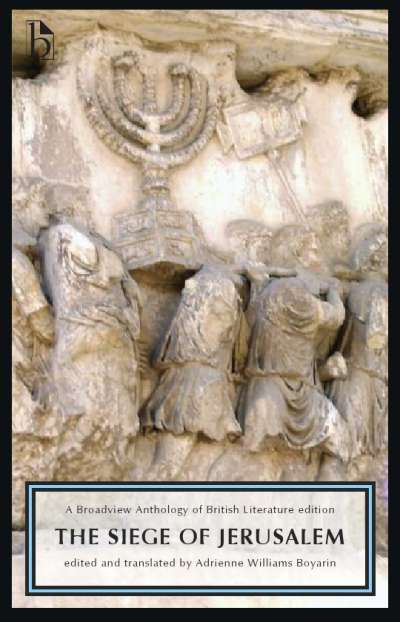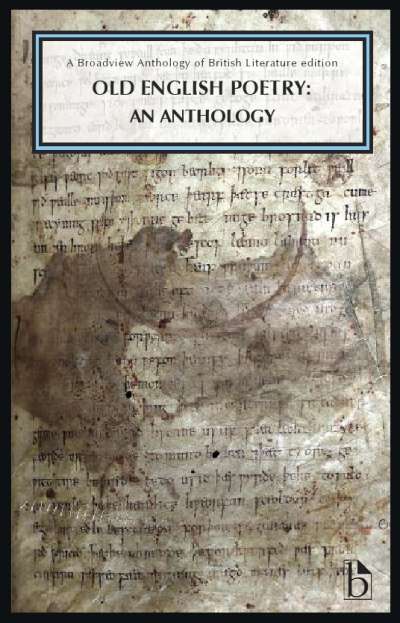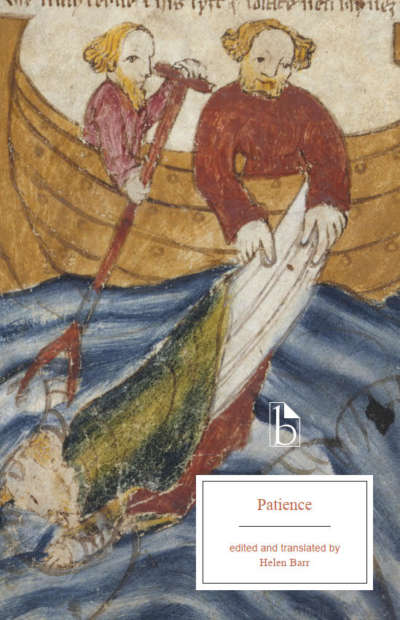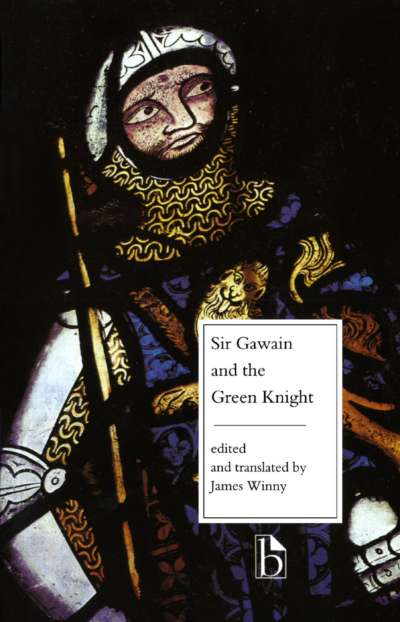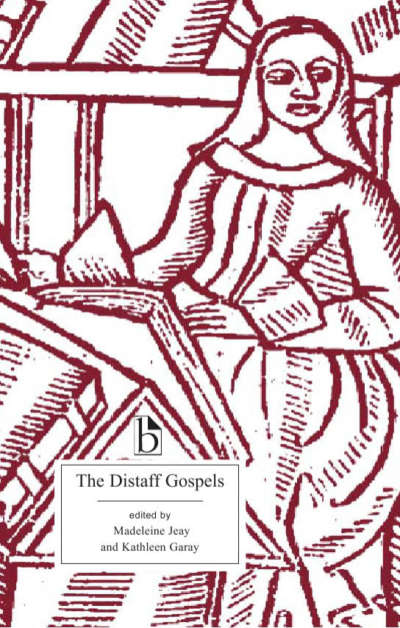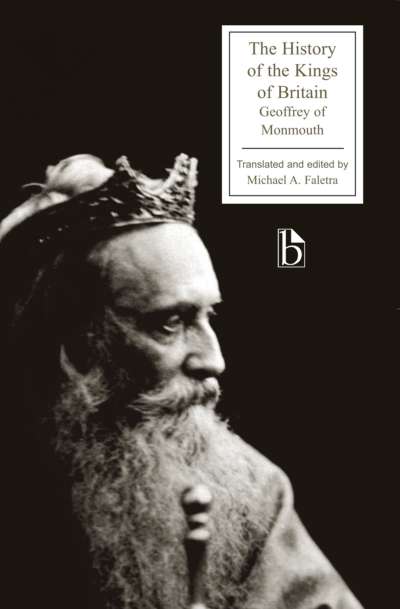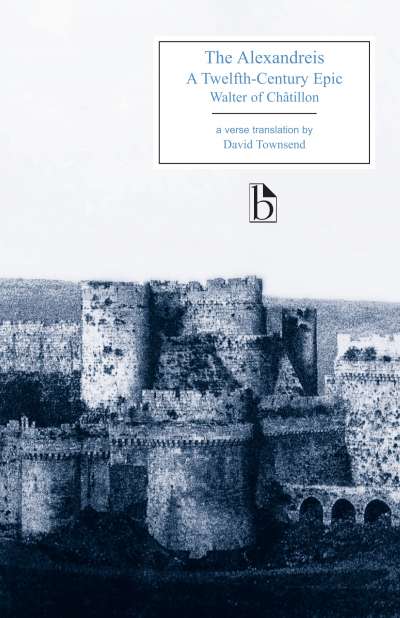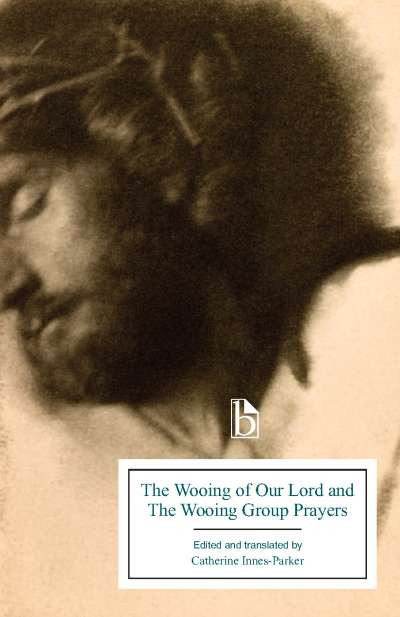The fourteenth-century Middle English poem Pearl is one of the best dream vision poems ever written, yet its language (the Northwest Midlands dialect of late-medieval England) and literary allusions (to biblical, mythological, and medieval works) make it difficult for modern readers to understand.
This new dual-language edition of Pearl provides the original Middle English with a facing-page modern English translation. It includes a comprehensive introduction, annotations of key words and ideas, reproduction of the four manuscript illustrations, a literary sourcebook, and lists of biblical sources, significant liturgical dates, and the concatenation words. Literary and biblical sources for the poem are provided as appendices.
Comments
“A riddling meditation on loss, grief, and the nature of faith, Pearl is a tour de force of language and a masterpiece of poetic form. Jane Beal’s achievement in this edition is to render Pearl accessible to a contemporary audience without evacuating the wonder that the poem inspires or the productive ambiguity through which it creates meaning. The introduction and contextualizing materials will be invaluable to students seeking to understand the poem’s cultural contexts, and Beal’sjudicious editorial work and facing-page translation illuminate Pearl’s slippery language while encouraging engagement with the original Middle English.” — David K. Coley, Simon Fraser University
“Jane Beal’s edition and translation of Pearl will be a treasure for both students and scholars. In a thorough introduction that expertly frames the contexts and critical issues surrounding this singularly important poem, Beal also makes a compelling case for the value of having the original Middle English text alongside a student-friendly translation. Her close but graceful translation enriches the study of the poem for those who are not expert in Middle English, and the numerous footnotes that accompany the translation deepen our understanding of the Pearl-poet’s world. The edition also includes reproductions of relevant manuscript images, along with a wealth of key biblical and classical sources informing the poem. Beal’s edition will surely be a welcome addition to many university syllabi as well as an excellent resource for those researching the poetic gem that is Pearl.” — Randy Schiff, University at Buffalo, SUNY


